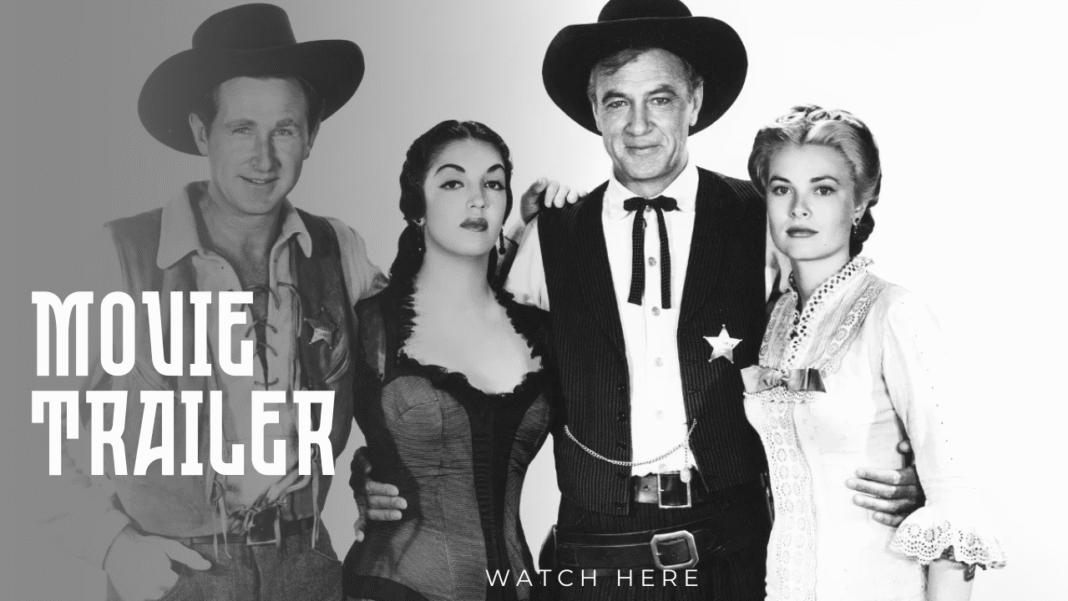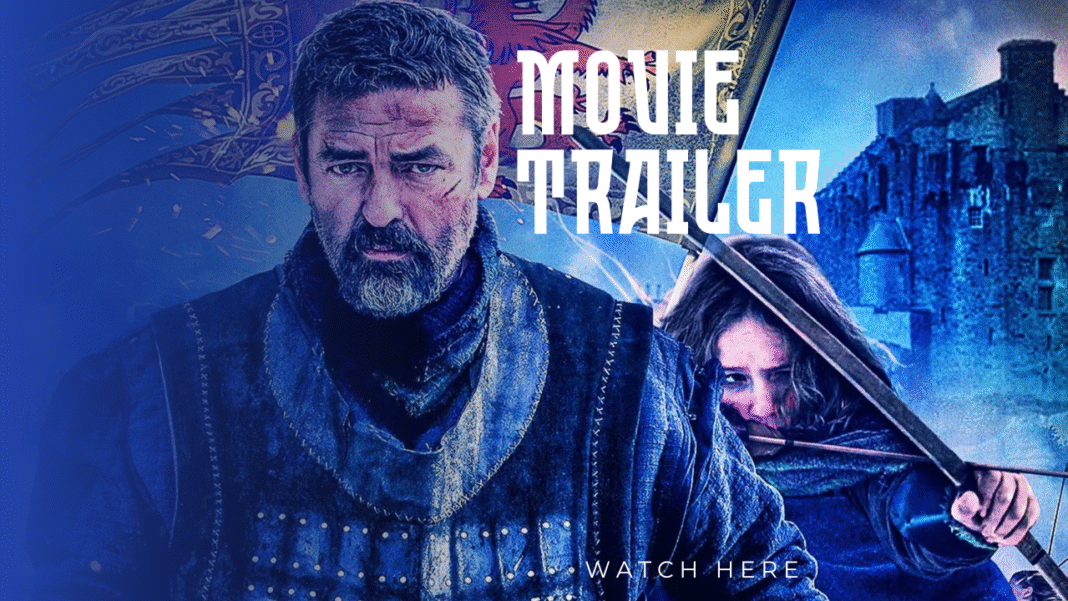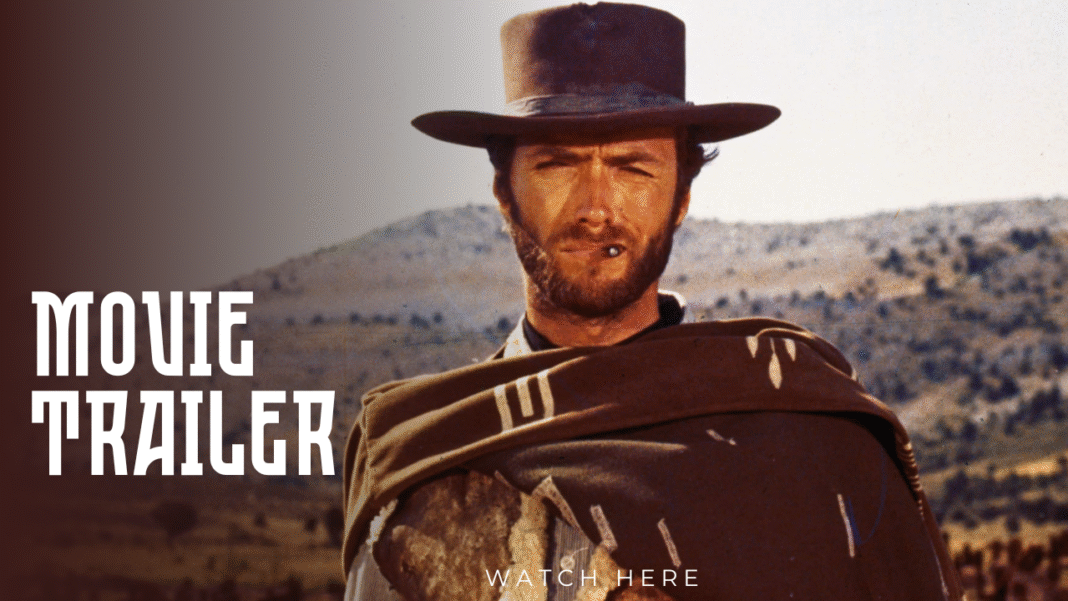When High Noon first hit theaters in 1952, it redefined the Western genre. Directed by Fred Zinnemann and starring Gary Cooper as Marshal Will Kane, the film told a simple yet powerful story: a lone lawman must face down a gang of outlaws at midday while the very townspeople he protects abandon him. With its real-time pacing, haunting score, and unforgettable performances — including Grace Kelly as Kane’s new bride — High Noon became more than just a Western; it became a timeless parable about duty, courage, and moral conviction. The film went on to win four Academy Awards, cementing its place as one of the greatest American movies ever made.
Fast forward more than seventy years, and High Noon (2025) seeks to bring that legendary story back to a new generation. This reimagining aims to capture the same intensity and moral weight of the original while updating the narrative with modern filmmaking techniques. Early discussions around the project suggest a grittier, more visceral approach, with sweeping cinematography of the Old West and performances designed to resonate with contemporary audiences. The heart of the story remains the same: a lawman standing alone at a critical hour, forced to choose between personal safety and the greater good.
The transition from 1952 to 2025 reflects not only changes in cinema but also in society itself. The original film was often interpreted as an allegory for standing firm against political pressure during the Red Scare era, while the new version could speak to modern struggles with leadership, loyalty, and courage in uncertain times. If the 1952 High Noon was about one man’s stand for principle, then High Noon (2025) has the opportunity to ask what those principles mean in today’s world.
From Cooper’s stoic marshal to the fresh faces of the 21st century, the clock still ticks toward that fateful moment when justice and fear collide. One thing is certain: the showdown at high noon remains as powerful and relevant as ever. watch trailer here :






